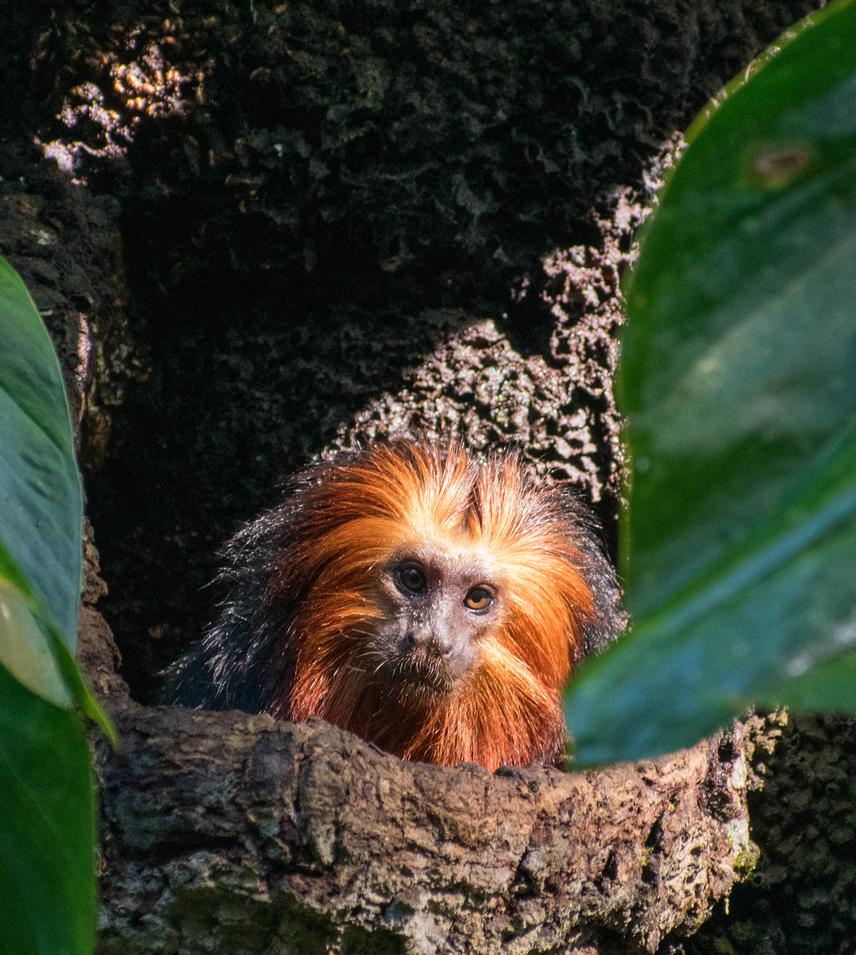Social media video featuring the project.
Joanison Vicente dos Santos Teixeira
(1) to delimit the current geographic distribution and conservation status of Leontopithecus chrysomelas in order to subsidize the development of management strategies for species conservation;
(2) to identify the remaining populations of Leontopithecus chrysomelas and the ecological and geographic factors that potentially determine their presence / absence along their geographic distribution;
(3) to diagnose the state of conservation of L. chrysomelas populations, estimating their extent of occurrence, area of occupation and remaining population;
(4) to identify areas where L. chrysomelas should potentially occur in order to generate predictions indicating more or less adequate and important habitats to be preserved;
(5) identify priority areas for forest conservation and corridor building through population and landscape modelling involving Population Viability Analysis (PVA) and Geographic Information Systems (GIS);
(6) Use results and stakeholder input to create a formal species action plan.

© Dr Vincent
Wild golden-headed lion tamarins are small arboreal primates endemic to Southern Bahia state, Brazil. L. chrysomelas are Endangered, and face the continual threat of habitat loss and fragmentation through deforestation. L. chrysomelas, a flagship species of the Atlantic forest in Southern Bahia, require large areas of forest to guarantee their long-term survival and thus serve as a representative for the conservation of many other threatened species. Little is known about the current distribution of the species: the most recent study was carried out over 25 years ago by Pinto and Rylands (published in 1997) and the population estimate resulting from that study is likely outdated because of the significant changes in the landscape in recent decades The western region of the L. chrysomelas range (with cattle ranging as the predominant activity) is perhaps the most threatened, consisting of several extremely small and isolated forest fragments. The genetic diversity of of the remaining population in these fragments may be severely compromised. Although more contiguous, the remaining forested habitat in the eastern portion of L. chrysomelas range faces its own unique threats.
Shade-cocoa forests, a suitable habitat for species, are rapidly being cut down as the cacao industry in Southern Bahia continues to decline. To develop effective conservation strategies, we need to better understand the current geographic distribution of populations, the location and degree of connectivity between the fragments, the presence or absence of L. chrysomelas within these fragments, population trends, and the potential threats to species associated with different environments. The quantitative approach, science-based approach we propose in the population modeling is imperative for developing proactive management plans that ensure the long-term survival of L. chrysomelas in the most efficient and economic way.